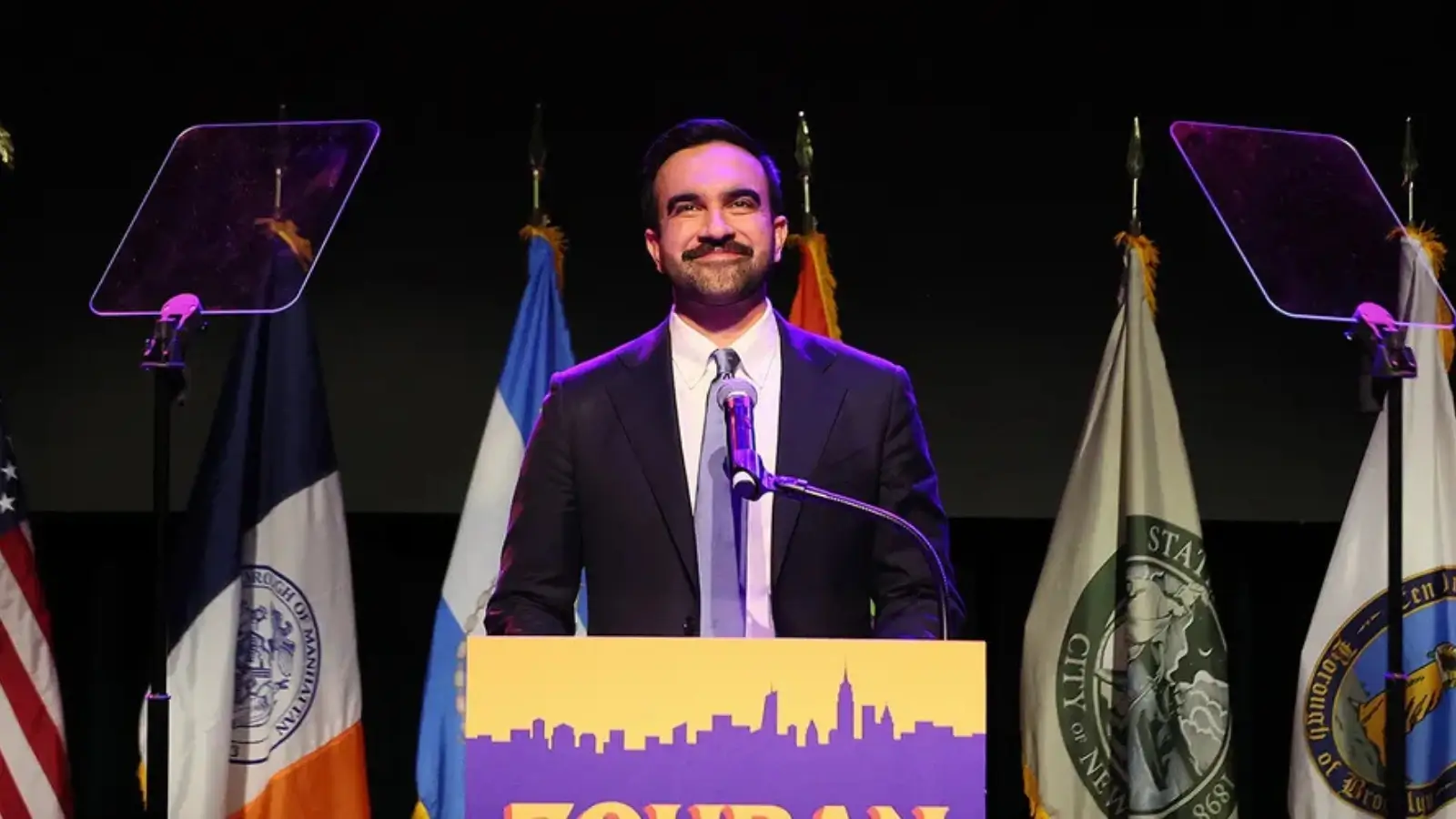


Upselling is an effective tool with which restaurant revenue can be boosted dramatically along with improved customer experience. When servers are well taught on how to upsell effectively, they are able to suggest pricey items in the menu, add ons and specialties that fit with a customer’s tastes. But successful upsell is not all about throwing out prices. It requires learning about what a customer needs, how to persuade, and saying recommendations as if in a natural way. Good training can teach the server how to up-sell without coming over as pushy, which is in the establishment’s and the guests’ best interests.
Upselling involves training servers to learn customer preferences, which is a basic part of successful up-selling. Servers must spare some time to observe the guest’s dining purpose before giving any suggestion. Asking broad questions like “Are you celebrating any special occasion today”, or “Are you in a mood for something savory or sweet” can illuminate you about the customer’s needs.
Through casual conversation in getting information, servers are able to personalize their recommendations to their customer’s taste. For example, if a guest points to a preference for seafood the server can suggest a signature seafood dish or an expensive appetizer. Also, the use of a restaurant POS system can enable the servers to retrieve customer’s order history as they can use the previous dining history in order to make personal recommendations. And not only does such an approach boost the chances of a satisfied upsell, but it improves the dining experience in general.
It is necessary to teach servers of food and drinks about specials or premiums on the menu, in order to promote upselling. Servers must know the restaurant’s menu including seasonal offerings,chef’s list and high profit margins. When training managers can stress the necessity of emphasizing the mentioned items enthusiastically and knowledgeably.
Servers can make recommendations more persuasive by using description which highlights the quality and desirability of the item. “Would you like to add a dessert?” Instead of this phrase, a server may say such as “ Our chef’s homemade tiramisu is a rich, creamy dessert, which can be served with a cup of espresso”’. This trick not only focuses the attention on the item but makes a person feel the expectation.
Also, carrying out a drive thru system may also help drive the up-selling programs by having visual promotions of premium items displayed in digital displays. Such an approach motivates the guests to take add-ons and upgrades when they make orders thus making the upselling process easier and more efficient.
Among the most powerful techniques of upselling is suggesting complementary add-ons and pairings. Servers can be taught to sell appetizers, sides, or beverages that go with the main dish. For example, for a guest who orders a steak, the server could suggest a premium side dish – truffle mashed potatoes or demi-glace red wine that accompanies the taste of the entrée.
The server training may allow a particular combination instead of a general add-on, which will enhance the chance of a successful upsell. For instance, they can avoid phrases like “Would you like a side?” by saying “ garlic butter shrimp is perfect for your steak, complementing its flavor profiles”. This design style provides a more appealing eye-appeal to the customer, and the upsell feels less like a sales tactic and more like an added value action on the part of the seller.
One of the key things to upselling is effective communication. Servers must be taught to keep a casual and friendly tone when suggesting the food. Using eye contact, smiling and positive language helps to make the storefront welcoming and makes potential guests think about offered items.
It is also very important for successful upselling to practice active listening. By observing how the guest prefers and reacts, servers can change their behavior and offer products that would correspond to the client’s tastes. For example, if a guest shows interest in some particular dish, but shows hesitance, the server may offer more information or advise a similar one that may be more appealing to the guest. This personalized technique gives the impression of upsell as something less of a sales pitch and more of a recommendation.
Incentive programs can encourage servers to always use good up-selling techniques. Giving bonuses, gift cards or commendation for the servers that perform good upselling can motivate servers to show initiative and promote high margin items. Managers are able to create detailed goals for upselling with regards to increasing dessert or beverage sales during lunch and dinner shifts.
In order to measure performance accurately, a restaurant POS system can be used to monitor sales records and to find the best servers. Not only could this data be used for upselling techniques but also for the server to identify their areas for improvement and receive targeted coaching when it comes to upselling techniques if they are struggling with them. Acknowledging and compensating top performers is not only a way of lifting spirits, but is also a way of encouraging the art of upselling as an industry that comes in handy in the restaurant business world.
Some training of the servers on how to upsell is a good investment that can have a real positive effect on the restaurant’s bottom line. By being aware of customer tastes, promoting specials on menus, recommending matching combinations and seeing to the use of effective communication techniques, servers can increase sales while personalizing the dining experience. Software tools such as restaurant POS systems can also help further in upselling activities and gain useful insights about the sales figures. Given proper training and the right attitude, waiting staff should feel comfortable promoting high-end products and doing so without too much effort and to the advantage of the restaurant as well as its guests.